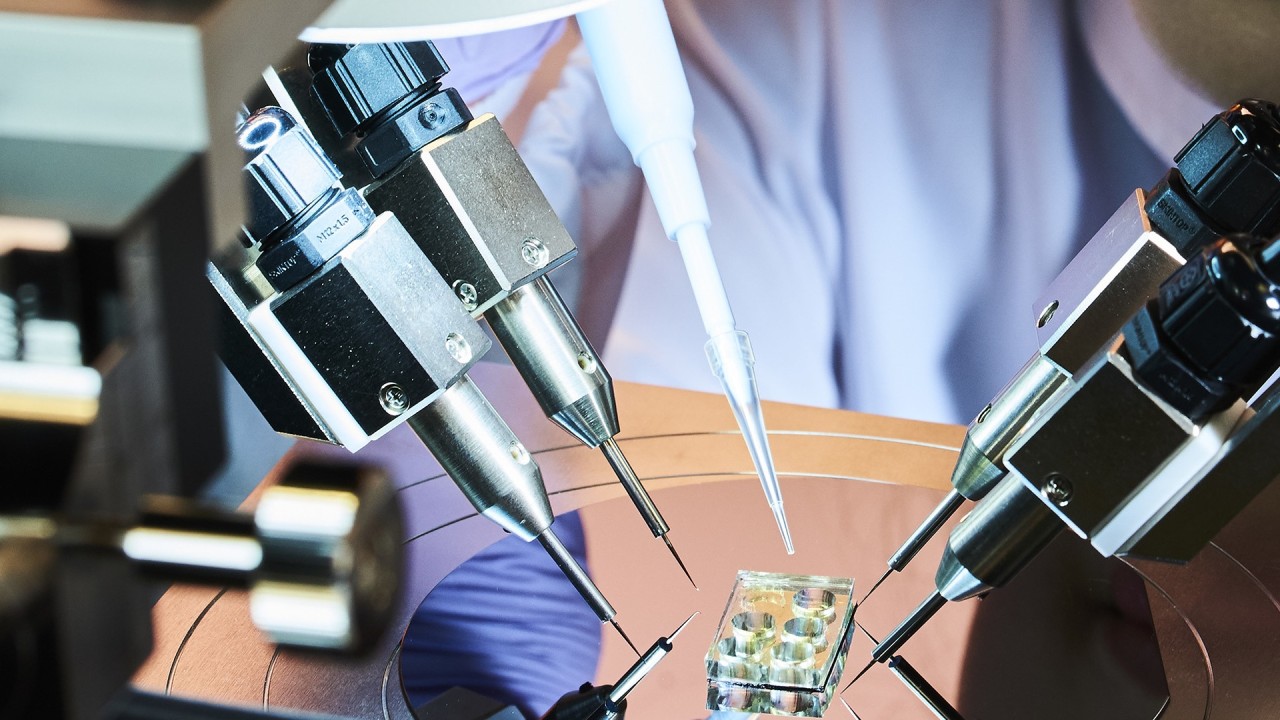R&D Leader
Keiko Kono (OIST, Assistant Professor)
Projects
Elucidation of the mechanism to prevent “cell aging” and
development of supplements
PI: Keiko Kono (Leader)
Cellular wounding and repair of local plasma membranes occurconstantly in ourbodies. Plasmamembrane damage can be induced by various triggers ranging from pathogen invasion to muscle contraction. The Membranology Unit aims to elucidate the molecular mechanisms and physiological consequences of plasma membrane repair. A long-term scientific goal will be to reveal the link between cancer/senescence and the plasma membrane.
Exploring glia to tackle ageing and dementia
PI: Yukiko Goda
The Synapse Biology Unit studies how the dynamic features of synaptic connections between neurons mediate and maintain effective information processing in the brain. Synaptic communication not only involves the presynaptic and postsynaptic sides of a synapse but also nearby synapses that share the local circuit, and the astrocyte network in which neurons are embedded. We seek to understand the full biological workings of the synaptic circuit architecture underlying learning and memory and its homeostatic maintenance againsi physiological changes and pathological insults.
Laboratory Automation System Development using AI and Robot Technology
PI: Hiroaki Kitano
Systems biology was founded to accelerate a systems-oriented understanding of living systems. While significant progress has been made in the field of systems biology, it is clear that human cognitive capability itself imposes limitations to uncovering complex dynamics and principles behind biological systems that are complex and open-ended. Development of an "Al Scientist" that can make major scientific discoveries shall overcome such limitations and trigger significant scientific progress. We strive to develop Al systems that have a high level of autonomy over the process of scientific discovery, and hence redefine the way we do science. Aging, microbiome, and other important biological questions are being investigated by Al systems. (Integrated Open Systems Unit )
Miniaturized Electrochemical Devices for Food and Environmental Monitoring
PI: Amy Shen
The Micro/Bio/Nanofluidics Unit focuses on using complex fluids and complex flows to create objects with morphology and structure tailored precisely for applications in biotechnology, nanotechnology, and energy. The unit employs lab-on-a-chip platforms with analytical capacity to study the physics of flow; the transport of mass, momentum, and energy; and reactive processes at nano- and micron length scales. Novel device designs have the potential to significantly enhance understanding of single-cell behavior, developmental biology, and neuroscience. These strategies can be used to address challenges in drug screening and the development of bio- and chemical-sensors for disease, security, and environmental monitoring.
Development of biomarker-based diagnostic tools for ALS
PI: Marco Terenzio
The Molecular Neuroscience Unit investigates how neurons regulate the flux of information from the periphery to the center. We look at the mechanisms underlying the correct localization of signaling complexes, endosomes, mitochondria and mRNP granules by molecular transport and/or local protein synthesis and how this affects neurodegeneration and pathology.








